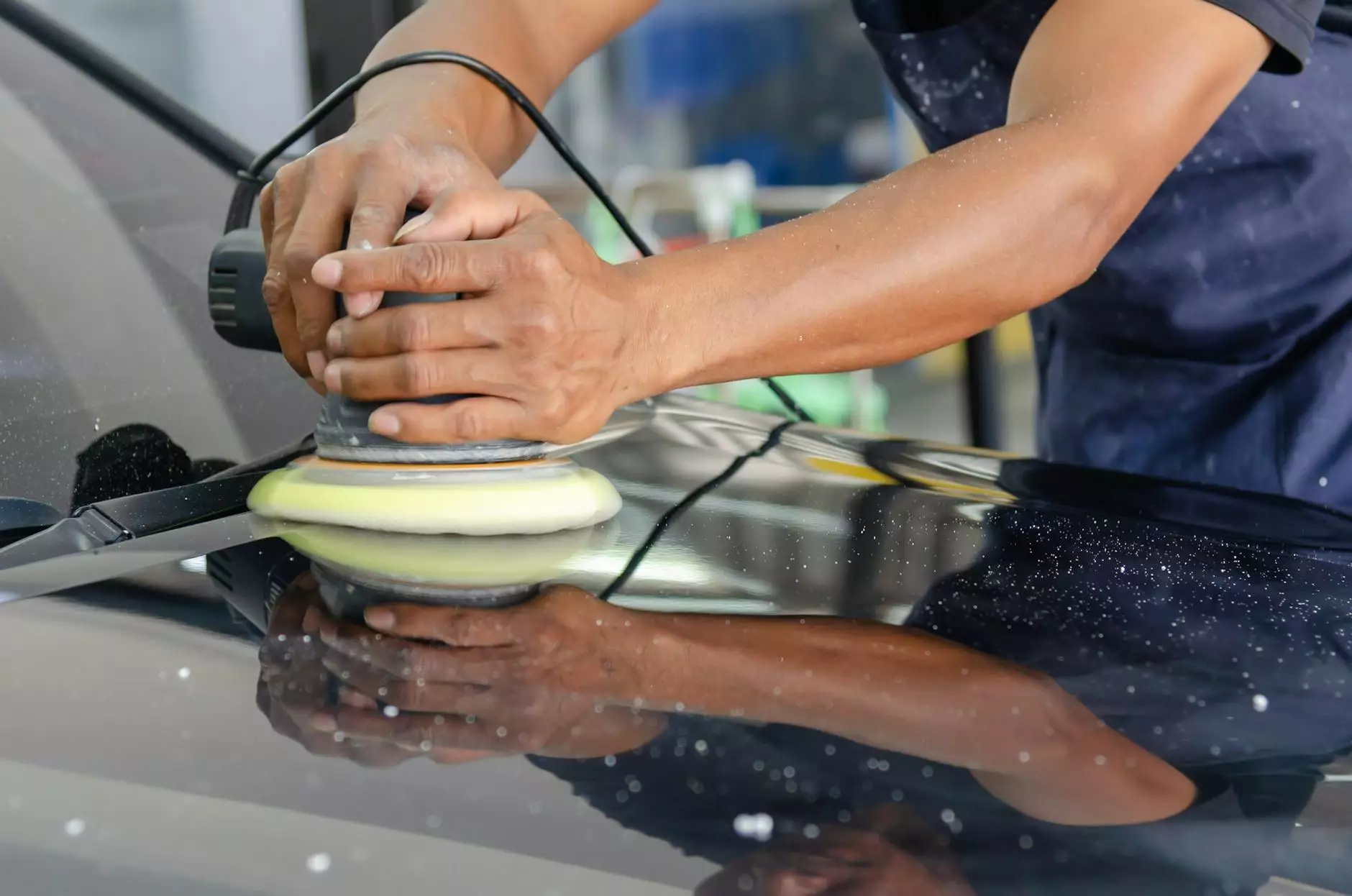The Art of Waxing for Hair: A Comprehensive Guide

Waxing for hair removal is an age-old practice that has stood the test of time, offering individuals a way to achieve smooth and soft skin. This comprehensive guide delves deep into the world of waxing, examining its benefits, techniques, and tips to ensure that your waxing experience is as pleasant and effective as possible.
Understanding Waxing: What Is It?
Waxing is a method of hair removal that involves applying a heated wax to the skin. Once the wax cools and adheres to the hair, a cloth or paper strip is used to pull the wax—and the hair—away from the skin. This technique can be used on various body parts, including the legs, arms, bikini area, and even the face.
Benefits of Waxing for Hair Removal
There are numerous reasons why waxing is a favored choice for many looking to remove unwanted hair:
- Long-Lasting Results: Waxing can result in smooth skin for 3 to 6 weeks, depending on individual hair growth cycles.
- Finer Hair Growth: With regular waxing, hair may grow back finer and softer over time.
- Exfoliation: Waxing removes dead skin cells along with hair, leading to smoother skin.
- Reduced Ingrown Hairs: When performed correctly, waxing can help reduce the likelihood of ingrown hairs.
- Convenience: Waxing can be done at home with the right products or professionally at a salon.
Different Types of Waxing for Hair Removal
There are several types of waxing methods, each suited for different hair types and skin areas:
1. Soft Wax
Soft wax is commonly used for larger areas such as the legs and arms. It requires a cloth or paper strip to remove the wax and hair.
2. Hard Wax
Hard wax is suitable for sensitive areas, like the bikini line and underarms. It hardens on the skin and can be removed without a strip, making it gentler.
3. Sugar Waxing
Sugar waxing utilizes a sugar-based paste that is applied at body temperature. It is a less painful alternative and can be a great option for those with sensitive skin.
The Waxing Process: Step-by-Step
To achieve the best results, follow this step-by-step waxing process:
Step 1: Preparation
- Make sure your hair is at least 1/4 inch long.
- Exfoliate the area to remove dead skin cells.
- Clean the skin with an antiseptic to minimize bacteria.
Step 2: Apply the Wax
Using a spatula or your fingers, apply the wax in the direction of hair growth. Ensure that the layer is even and not too thick.
Step 3: Remove the Wax
If using soft wax, place the strip of cloth over the wax, press down, and pull it off quickly against the direction of hair growth. For hard wax, wait for it to cool, then gently lift the edge and pull it away from the skin.
Step 4: Post-Wax Care
After waxing, clean the area with a soothing lotion. Avoid sun exposure and exfoliating products for at least 24 hours.
Tips for Successful Waxing
- Choose the Right Wax: Select a wax that suits your skin type and the area you are waxing.
- Test the Temperature: Always test the wax temperature on a small area to avoid burns.
- Pace Yourself: Begin with smaller areas if you’re inexperienced to get accustomed to the sensation.
- Stay Relaxed: Tension can make the process more painful; take deep breaths and relax your muscles.
- Regular Maintenance: Keeping a regular waxing schedule can improve results and make the process easier over time.
Waxing for Hair at Home vs. Professional Salon Treatments
Deciding between at-home waxing and professional services depends on various factors:
At-Home Waxing
Home waxing kits are readily available and can be convenient for those who prefer privacy. However, it's essential to follow instructions carefully for safety and effectiveness.
Professional Waxing
Seeking the help of a professional can result in better outcomes, especially for those new to waxing. Professionals have experience and tools that can minimize discomfort and ensure precision in hair removal.
Debunking Common Waxing Myths
With waxing being a popular method for hair removal, several myths have emerged:
Myth 1: Waxing is Extremely Painful
While waxing can be uncomfortable, the pain usually subsides quickly and diminishes with regular sessions.
Myth 2: Waxing Causes Dark Spots
When done correctly, waxing does not cause dark spots. Proper aftercare can prevent discoloration.
Myth 3: You Can’t Wax Sensitive Areas
With the right technique and products, many people successfully wax sensitive areas like the bikini line and underarms.
Conclusion: The Transformative Power of Waxing for Hair Removal
Waxing for hair removal offers a variety of benefits, from long-lasting smooth skin to less irritation over time. With the right preparation, technique, and aftercare, anyone can enjoy the advantages of waxing.
As a complement to automotive care, maintaining personal appearance through waxing can reflect an individual's overall commitment to quality—whether it's keeping a vehicle pristine or ensuring a smooth, polished look.
For more detailed information or to explore professional waxing services, make sure to visit winkwax.com.









